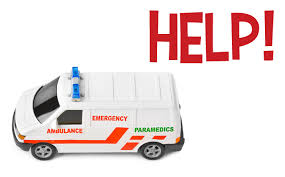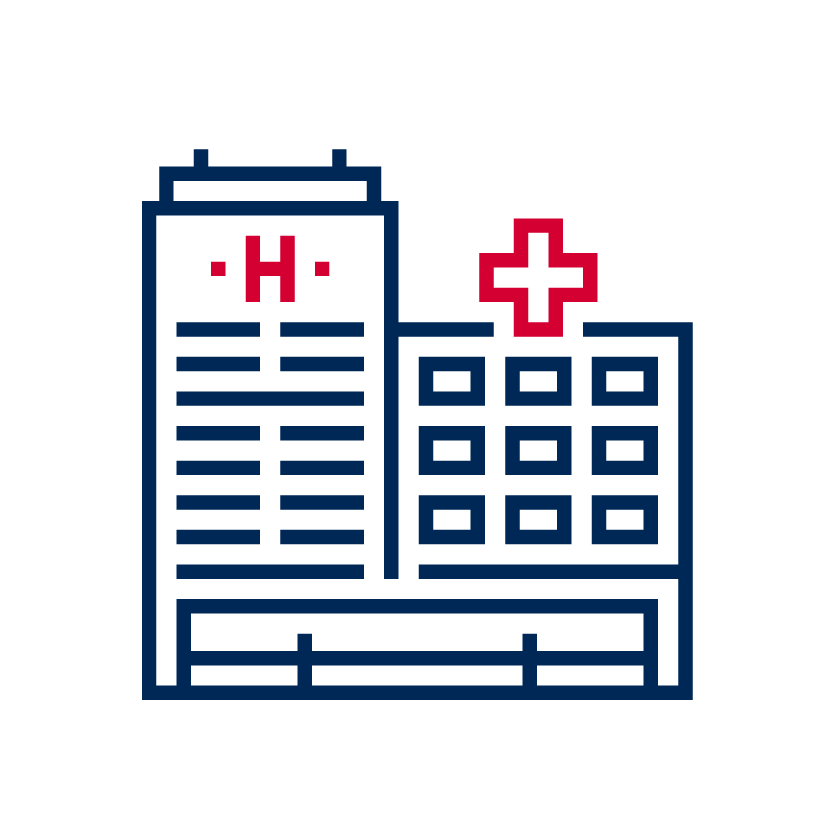Notes in the Hospital
Writing notes in the hospital Your evaluation and notes in the hospital setting is not too different from the notes you write in the skilled nursing setting or home health. One of the most tricky things will be learning to use the hospital documentation system. Not all, but most hospitals use EPIC which isn’t typically used in other OT settings. Likely there will be a procedural flow of how a therapist takes notes that will involve inputting sections of information at a time.





